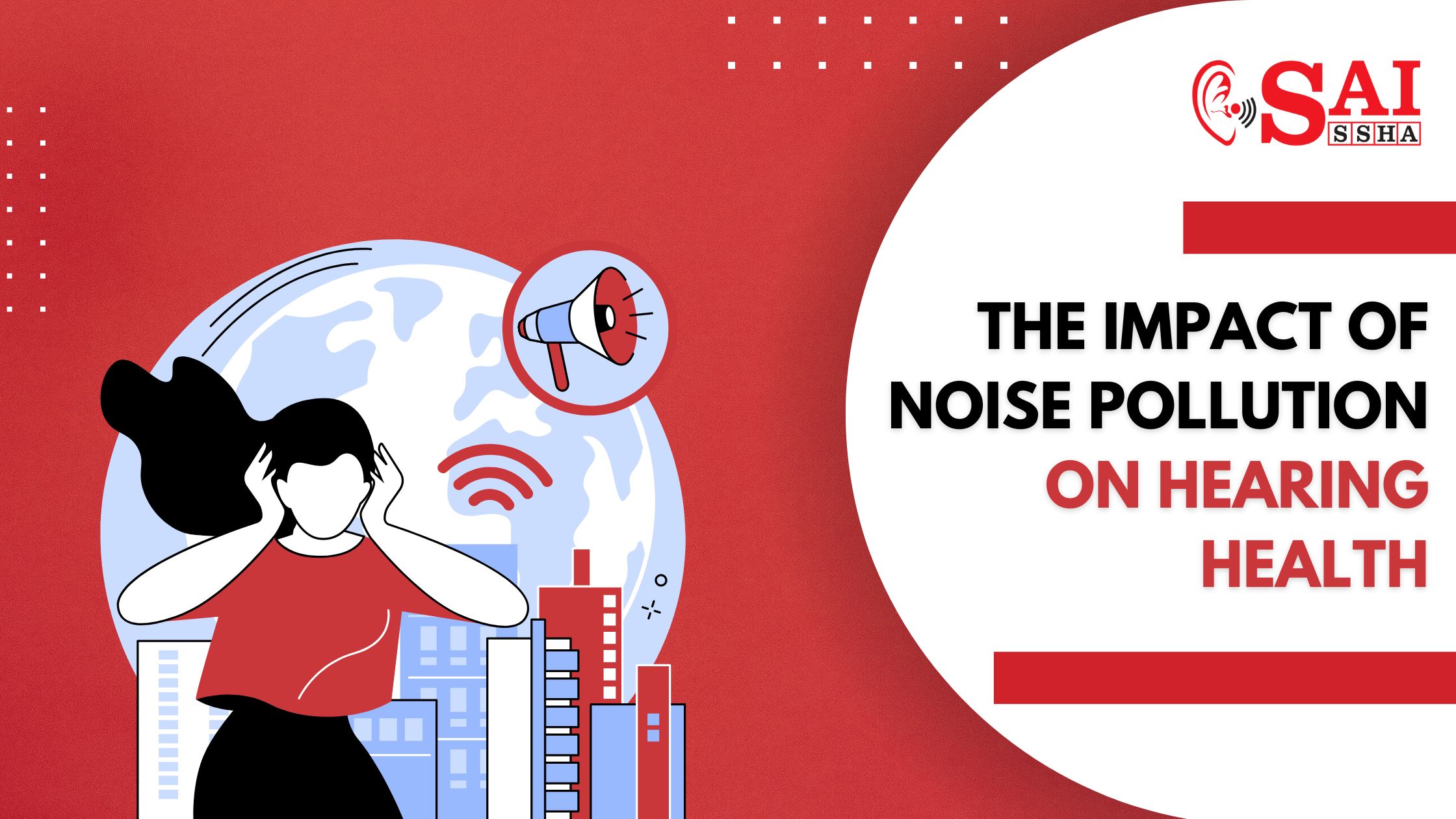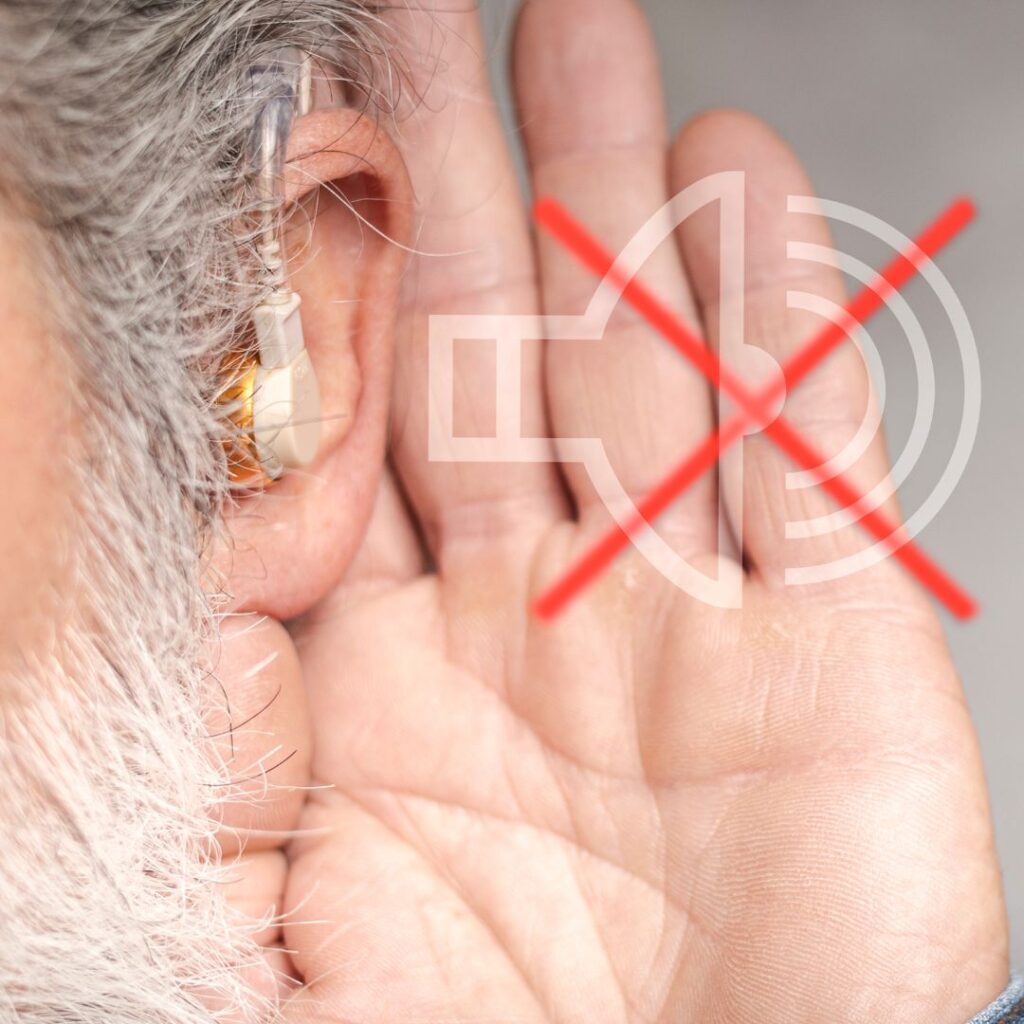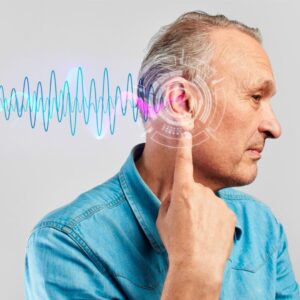

Introduction
More than just a nuisance, noise pollution can seriously harm our health, especially our hearing. The growing population and industrialisation of metropolitan areas make it imperative to comprehend the impact of noise pollution on the health of ears. Let’s examine the effects of loud noise on our ears and the precautions we can take to preserve our hearing.

What is Noise Pollution?
The term “noise pollution” describes excessive or detrimental noise levels in the environment that disturb the natural equilibrium and have an impact on the welfare of people and animals. There are several sources of this unpleasant or bothersome sound, including construction, transportation, industry, and loud music. Noise does not have a physical form like other types of pollution, yet it can nevertheless have a negative impact on one’s health and quality of life. In our increasingly noisy society, prolonged exposure to high noise levels can cause stress, sleep disruptions, hearing loss, and other health problems. For these reasons, it is an important environmental concern.
How Noise Pollution Affects Hearing Health
Noise pollution has a significant detrimental impact on hearing health since it exposes people to hazardous sound levels that could result in permanent damage. Prolonged exposure to loud noises, such as traffic, construction, or loud music, can cause noise-induced hearing loss (NIHL). The delicate hair cells in the inner ear that are in charge of transmitting sound impulses to the brain are damaged, and this results in NIHL. When these damaged cells do not regenerate, hearing loss becomes permanent. In addition, extended exposure to noise can result in tinnitus, a painful condition characterised by a continuous ringing or buzzing in the ears. sounds and take precautions to preserve hearing.

The Science Behind Noise-Induced Hearing Loss
The sensitive hair cells in the cochlea, an essential component of the inner ear, are harmed by loud noises, which results in noise-induced hearing loss (NIHL). These hair cells are incredibly sensitive and do not renew once injured. They are in charge of translating sound waves into electrical signals that the brain perceives. Excessive noise exposure can cause hair cells to become overstimulated, which can result in cell death and permanent hearing loss. One way that this damage might show up is a progressive decrease of hearing sensitivity, making it more difficult to hear high-frequency noises. Loud noises can also result in a transient threshold shift, which is a temporary reduction in hearing sensitivity. However, repeated exposure to the noise intensifies the harm and eventually results in permanent hearing loss.

Ethics of Hearing Care
The sensitive hair cells in the cochlea, an essential component of the inner ear, are harmed by loud noises, which results in noise-induced hearing loss (NIHL). These hair cells are incredibly sensitive and do not renew once injured. They are in charge of translating sound waves into electrical signals that the brain perceives. Excessive noise exposure can cause hair cells to become overstimulated, which can result in cell death and permanent hearing loss. One way that this damage might show up is a progressive decrease of hearing sensitivity, making it more difficult to hear high-frequency noises. Loud noises can also result in a transient threshold shift, which is a temporary reduction in hearing sensitivity.
Conclusion
The issue of noise pollution is widespread and has a significant impact on hearing health. Preserving hearing and enhancing general quality of life can be achieved by being aware of the hazards and taking proactive measures to reduce exposure. We can address the negative effects of noise pollution and aim towards calmer, healthier surroundings by increasing awareness and implementing preventative measures.